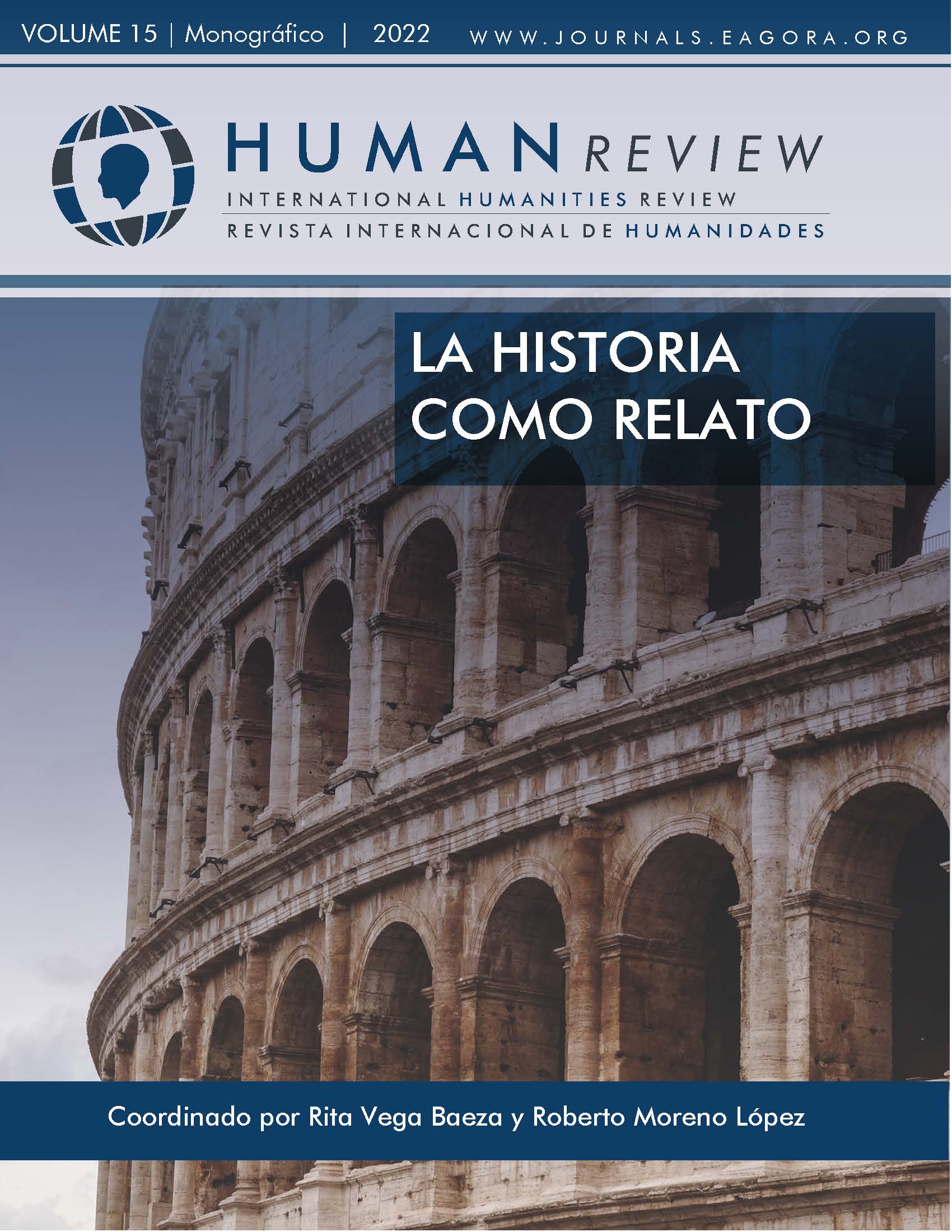Between malocas and malones
Indigenous resistance through violence as a response to colonial violence in 17-century
DOI:
https://doi.org/10.37467/revhuman.v11.4210Palavras-chave:
Malocas, Malones, Chile, Indigenous people, 17th century, Resistance, ColonizationResumo
The objective of this article is to reflect on Malocas and Malones as the dynamics of a micro-war in the frontier between the Tolten River and the Chacao Channel. Whereas the Spanish were replicating the old medieval methods used against Moors in their frontier dynamics, indigenous peoples responded out of resentment and wrath. The idea of it was to dissuade them from expanding the frontier and to resist against the endless war before the Great Indigenous Rebellion in 1598. Finally, comparing Malones to Comanches’s raids in North America will prove useful to understanding both resistance and colonizing ambitions.
Referências
Hämäläinen, P. (2011). El imperio comanche. Editorial Península.
Mitre, E. (1997). La cristiandad y las formulaciones fronterizas, Fronteras y fronterizos en la historia, 7-62. Universidad de Valladolid-Instituto Universitario de Historia Simancas.
Moreno, R. (2019). Entre huilliches, chonos, puelches y poyas: Jesuitas y los sueños de reducción en el fin del mundo. shorturl.at/hTU02
Núñez de Pineda & Bascuñán, F. (2003). El Cautiverio Feliz. Biblioteca Virtual Universal.
Operé, F. (2001). Historia de la frontera: el cautiverio en América Hispana. Fondo de Cultura Económica, Argentina.
Turner, F. J. (1987). El significado de la frontera en la historia americana [1893], Secuencia, 187-207.
Urbina, Ma. X. (2009). La Frontera de arriba en Chile Colonial. Valparaíso. Ediciones Universitarias de Valparaíso, Centro de Investigaciones Barros Arana.
Zaslow, M. (1948). The Frontier Hypothesis in Recent Historiography. Canadian Historical Review, 29(2), 153-167.
Downloads
Publicado
Como Citar
Edição
Seção
Licença
Os autores/as que publicam nesta revista concordam com os seguintes termos:
- Os autores/as terão os direitos morais do trabalho e cederão para a revista os direitos comerciais.
- Um ano após a sua publicação, a versão do editor estará em acesso aberto no site da editora, mas a revista manterá o copyright da obra.
- No caso dos autores desejarem asignar uma licença aberta Creative Commons (CC), poderão a solicitar escrevendo a publishing@eagora.org.









